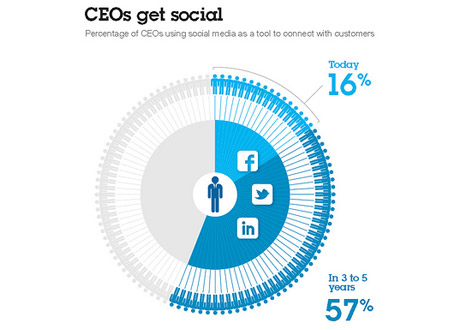Customer Integration in B2B Open Innovation
Today, almost any B2B firm claims to be “customer-oriented”. However, only few firms have a rigorous and stringent system that integrates the “best” (B2B) customers into its innovation process – where “best” in this context is measured not by volume of sales but by contribution to the firm’s innovation. A lot of insight has been generated on how to engage consumers in the innovation process. There is also a growing body of knowledge about how to innovate openly on the R&D side of the innovation process. But little has been written up so far about how to systematically integrate B2B customers in the firm’s Open Innovation system. innovation-3’s Frank Mattes closes this gap by sharing some insights.


